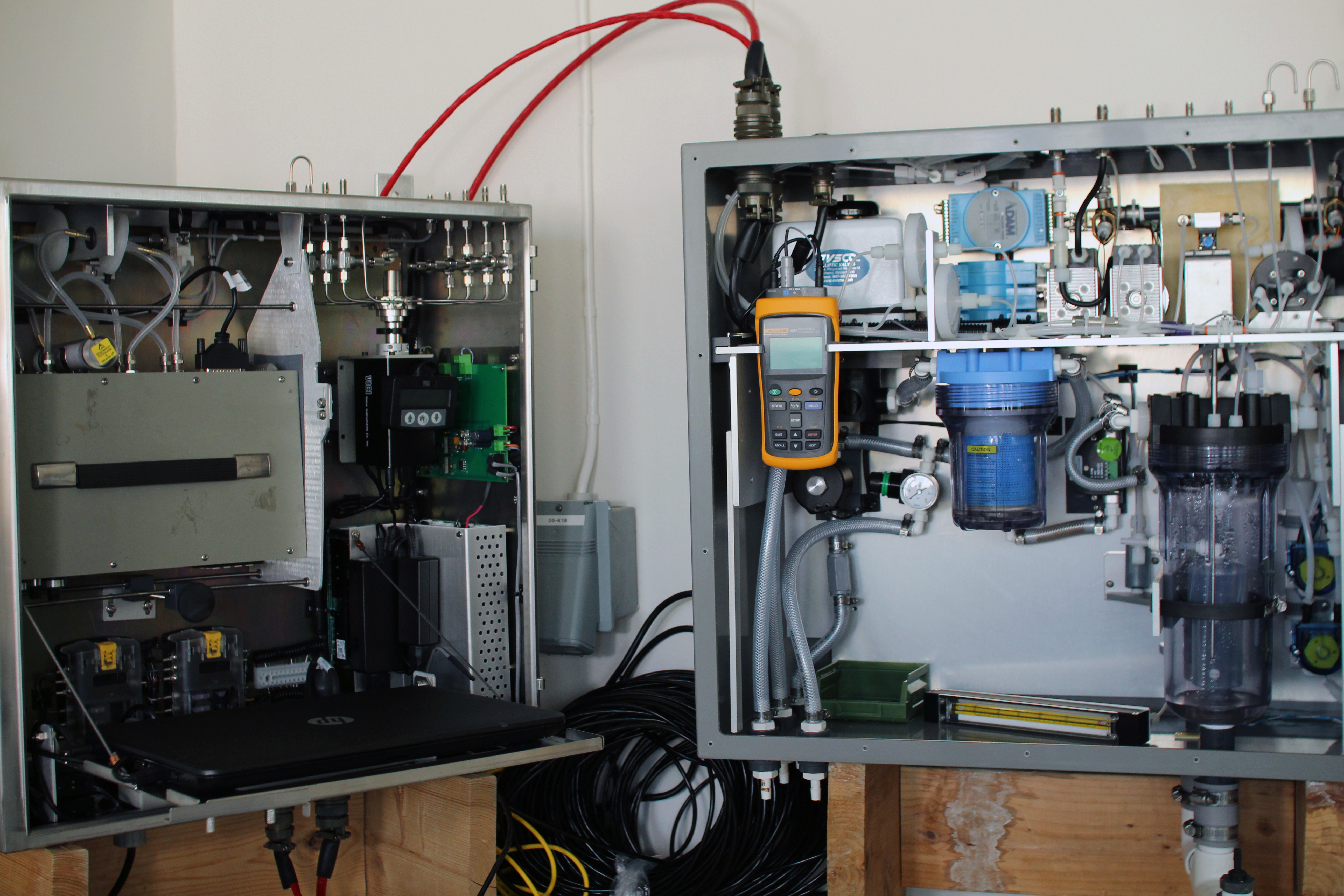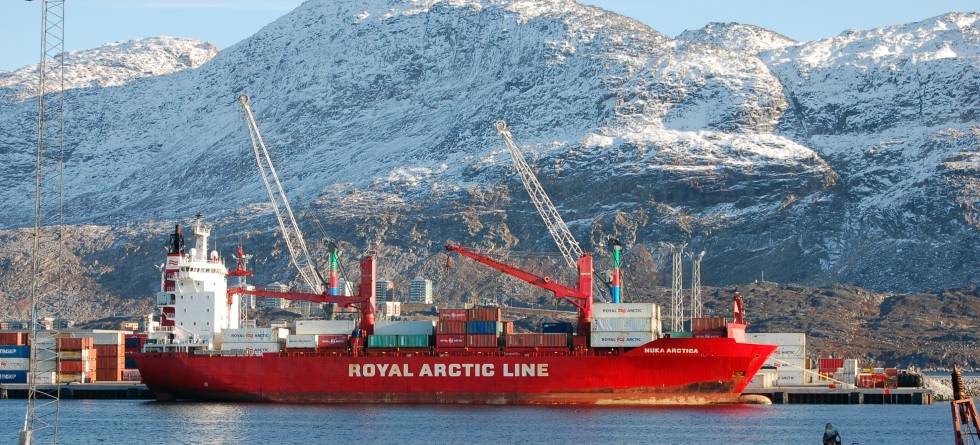How do we know the amount of climate gas emissions? How do we know climate mitigation leads to cuts in emissions? This is the starting point for the research infrastructure ICOS – the International Carbon Observatory System.
The goal is to make for better cooperation between governments and research when it comes to using the knowledge in the ICOS network, to verify Norwegian and international emissions of methane, carbon dioxide and other climate gases.
"The oceans are getting more acidic in most of the ICOS area, but there are often large local and regional differences," says Ingunn Skjelvan, researcher with Uni Research Climate and the Bjerknes Centre for Climate Research.
She's with several projects using data from ICOS stations to measure the carbon cycle, in the Northern Atlantic and Norwegian fjords.

Small differences and the larger picture
"ICOS data us used to study how the marine carbon cycle varies in time and space, between seasons, from area to area, and year to year. Season variations are natural and often large, while the man-made changes – like more CO2 in the atmosphere and the ocean, and higher temperatures – are small and can easily be hidden by larger natural variations."
Skjelvan states that good quiality data from several areas over a large span of time is important to keep tabs on where the carbon dioxide end up, and how larger carbon uptake acidifies the oceans. The ICOS infrastructure lets her see both the smaller changes and the larger picture, and it show that the current acidification is faster than any other period in the history of our planet.
"Coastal regions, where variation in carbon systems are larger, are often measured too seldom to show trends in ocean acidification, but will get better as more data is gathered through ICOS and other programs."
Carbon emissions are a limited resource
"It's important to view carbon emissions as a limited resource, and like all limited resources it must be surveilled," says Are Olsen, Professor with Bjerknes Centre and the University of Bergen.
He is responsible for the measuring station onboard the voluntary observation ship Nuka Arctica, recently upgraded to a ICOS station class 1, measuring climate gases on its route between Denmark and Disco Bay on the western coast of Greenland. It delivers data to ocean acidification projects, as well as the global network.
"Within 5 to 10 years we have reached the quota to stay under the global two degree warming limit – this is why it's important to quantify the carbon cycle in the Northern Atlantic to within half a gigaton.
At the seminar Hvordan styre utslippene? (How to control the emissions?) on the 12th of June, arranged by the Norwegian Climate Directorate and Bjerknes Centre for Climate Research, will talk about use of ICOS data in research, policy making. Among others Olsen will talk about quantifying carbon dioxide in the Northern Atlantic, and Skjelvan will talk about the use of ICOS data in research on ocean acidification.

